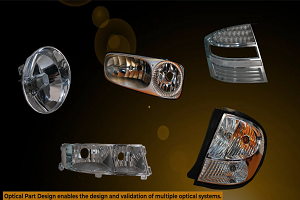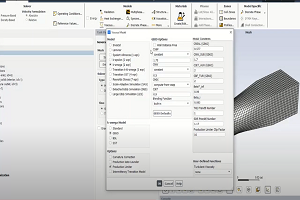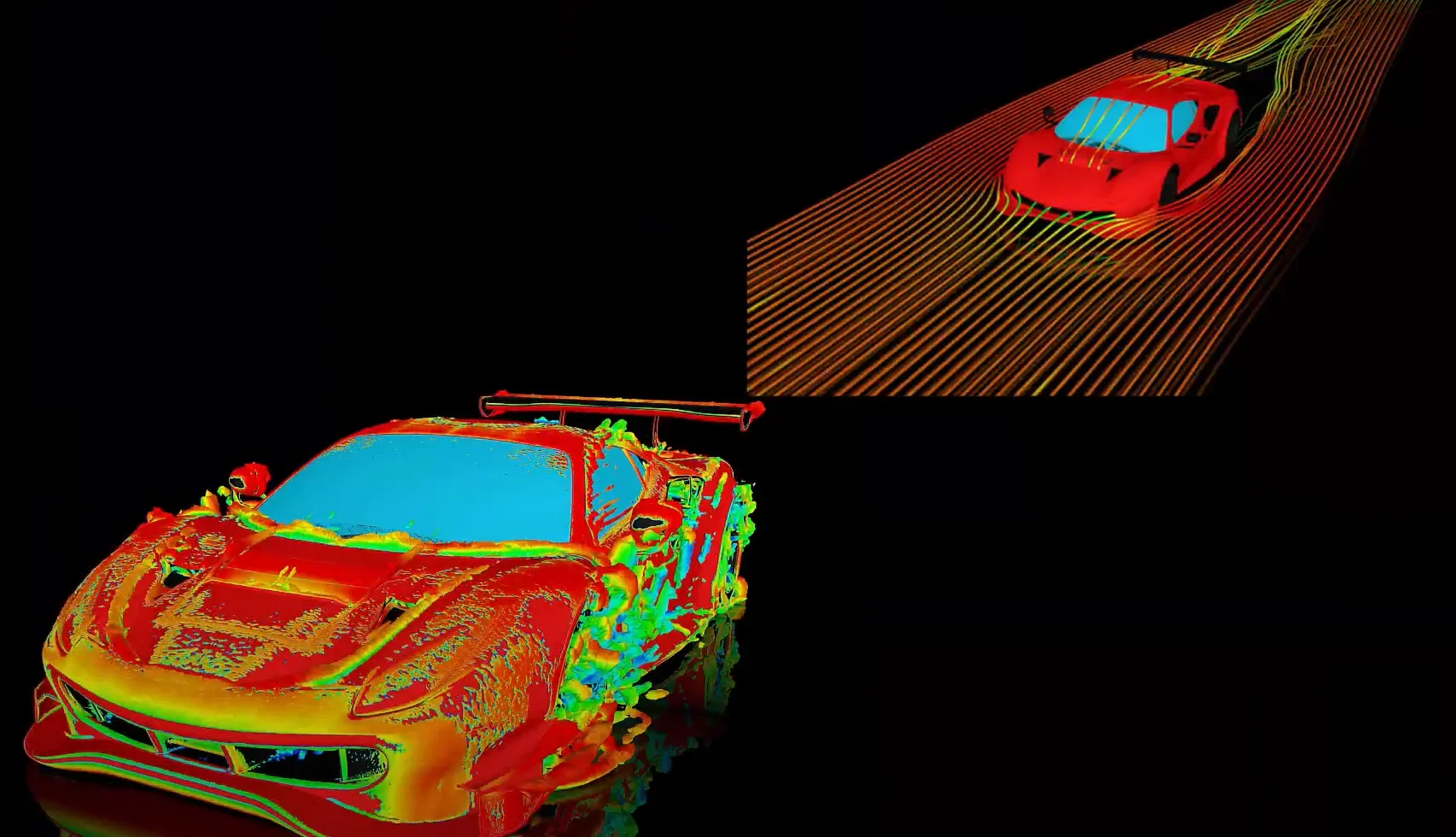How can I improve the convergence of calculations involving the use of porous media with a large pressure drop?
Tagged: 16, fluent, fluid-dynamics, General
-
-
January 25, 2023 at 7:16 am
 FAQParticipant
FAQParticipantIn calculations involving the use of porous media, the pressure tends to change rapidly in and around the porous regions of your model. Attempting to resolve these large pressure gradients through higher order discretization schemes such as second order may cause over and undershoots of the solution variables leading to poor convergence or even divergence of the calculation. We can take the following approach to improve convergence •Patch the zones upstream and downstream of the porous zone with appropriate pressure values (better guess) for good convergence. •Solve first with Porous zone turned OFF. Once the solution converges, turn ON porous zone. •Do not set the resistance values (inertial and viscous) in the direction of no flow, to be more than 1000 times the resistance values in the direction of primary flow. •Convergence is very sensitive to the grid resolution near the boundary b/w porous and non-porous zones. Ensure that there are no cell jumps near these boundaries. •Start with first order discretization of pressure and momentum. Once first order solution converges, move to second order discretization. Use low URFs of pressure and momentum. •Use PRESTO! or Body-Force-Weighted scheme instead of Standard for Pressure. PRESTO! is specifically formulated to handle cases with large body forces such as huge pressure drops in porous media. PRESTO! is recommended for Hex meshes. For Tet/Tri mesh, use Linear Pressure interpolation scheme. •If the resistance coefficients are too high so as to cause huge pressure drop in the porous region, start with lower values of resistance coefficients and slowly increase them up. •Try to use put hex-mesh in the porous medium as much as possible
-


Introducing Ansys Electronics Desktop on Ansys Cloud
The Watch & Learn video article provides an overview of cloud computing from Electronics Desktop and details the product licenses and subscriptions to ANSYS Cloud Service that are...

How to Create a Reflector for a Center High-Mounted Stop Lamp (CHMSL)
This video article demonstrates how to create a reflector for a center high-mounted stop lamp. Optical Part design in Ansys SPEOS enables the design and validation of multiple...

Introducing the GEKO Turbulence Model in Ansys Fluent
The GEKO (GEneralized K-Omega) turbulence model offers a flexible, robust, general-purpose approach to RANS turbulence modeling. Introducing 2 videos: Part 1 provides background information on the model and a...

Postprocessing on Ansys EnSight
This video demonstrates exporting data from Fluent in EnSight Case Gold format, and it reviews the basic postprocessing capabilities of EnSight.

- How to overcome the model information incompatible with incoming mesh error?
- Is there a way to get the volume of a register using expression ?
- Skewness in ANSYS Meshing
- What are the requirements for an axisymmetric analysis?
- What are pressure-based solver vs. density-based solver in FLUENT?
- How to create and execute a FLUENT journal file?
- How to get information about mesh cell count and cell types in Fluent?
- What is a .wbpz file and how can I use it?
- How can I Export and import boxes / Systems from one Workbench Project to another?
- ANSYS Fluent: Introduction to the GEKO Turbulence Model Part I

© 2025 Copyright ANSYS, Inc. All rights reserved.

